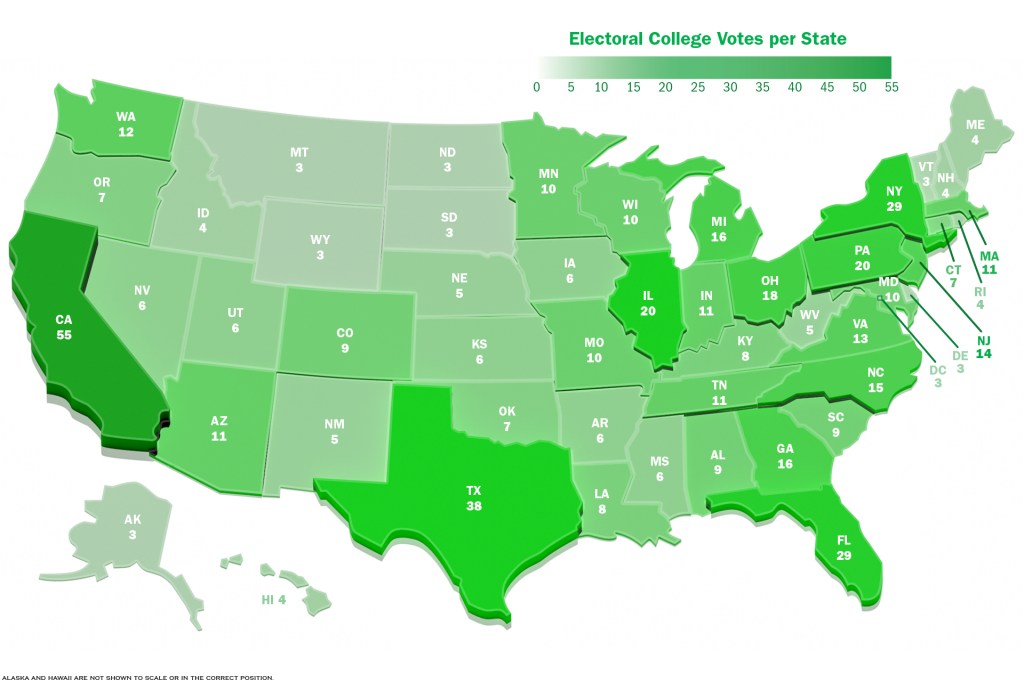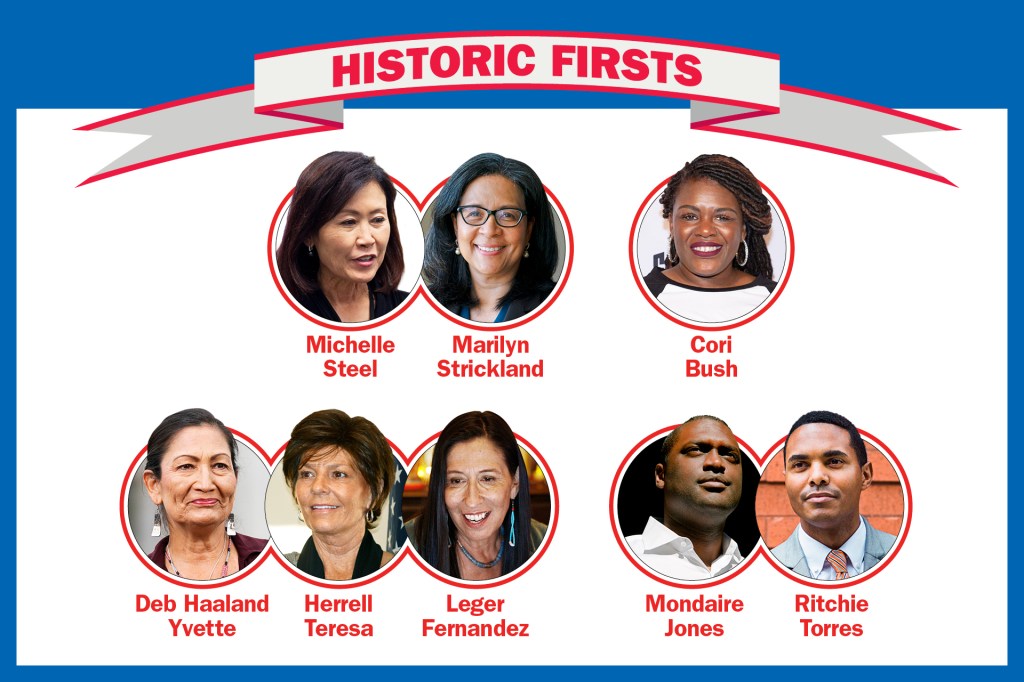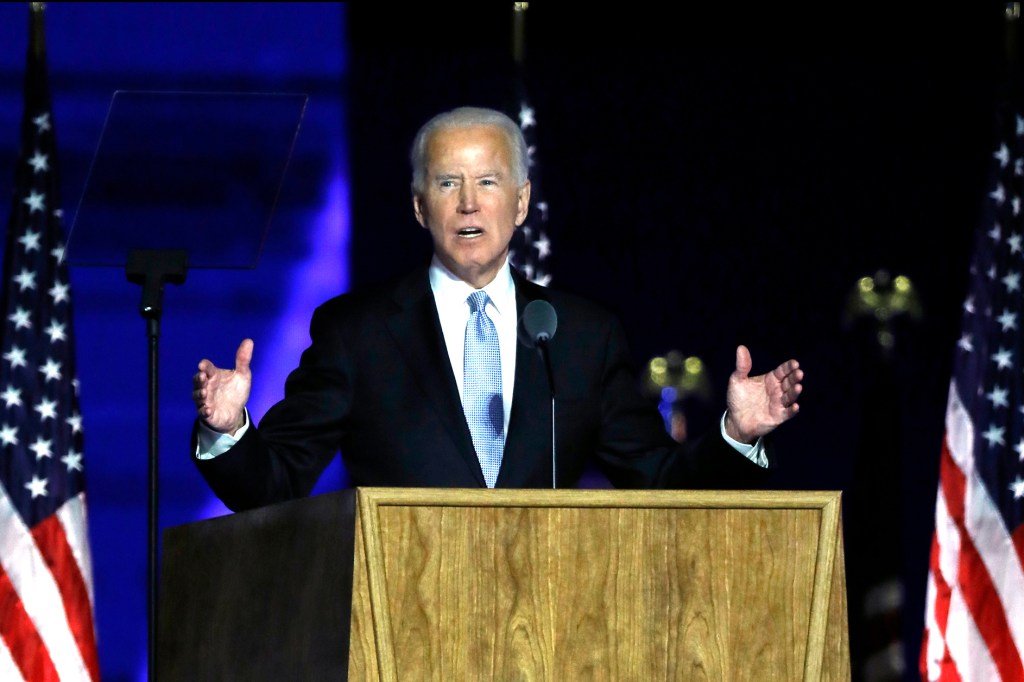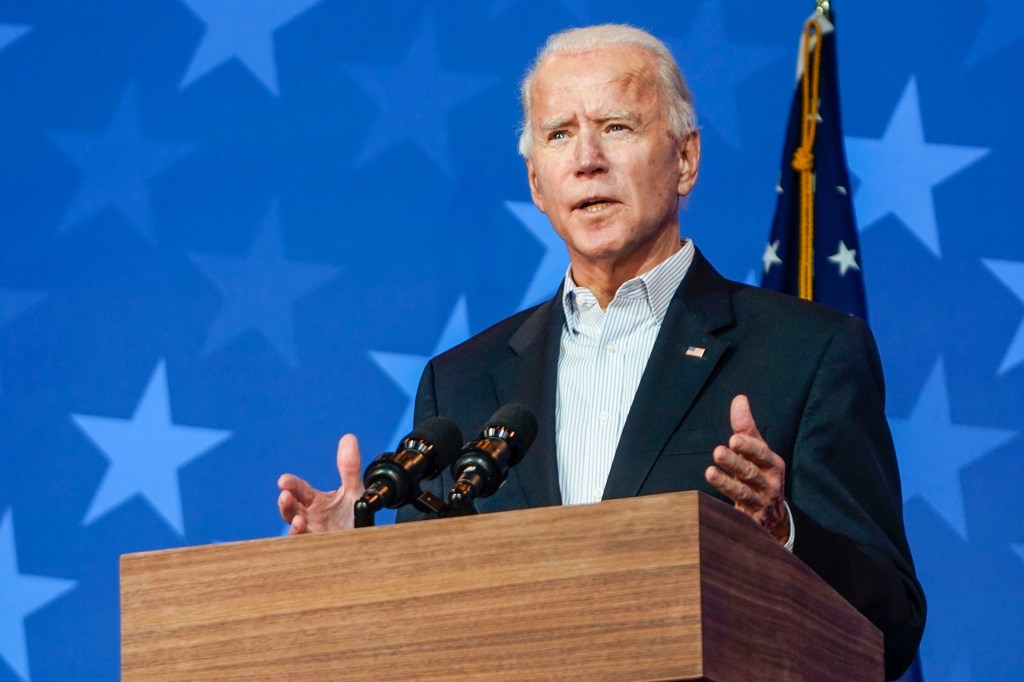By the Numbers

In most United States elections, the candidate with the most votes wins. But when picking a president, things aren’t so simple. There’s a group of 538 people called the electoral college. Weeks after Election Day, they will elect the president.
Here’s how the electoral college works. A state gets an electoral vote for each of its two senators. This never changes. It also gets one vote for each of its members of the House of Representatives. That number is based the state’s population. Washington, D.C., gets electoral votes too. There are 538 electoral votes in all. A candidate needs at least 270 to become president.
In 48 states (and D.C.), the winner of the popular vote gets all of that state’s electoral votes, even if he or she wins by a just a little. In Maine and Nebraska, the electoral votes can be split between the candidates.
A Long Tradition
The Constitution established the electoral college. Some of the Founding Fathers wanted Congress to pick the president. Others wanted citizens to make the choice. The electoral college was a compromise. This way, candidates have to seek the votes of all Americans. Otherwise, they might just seek the vote of people living in large cities.
In 2000, George W. Bush won fewer popular votes than Al Gore. But he had more electoral votes. He went to the White House. In 2016, Donald Trump won fewer votes than Hillary Clinton. But he won the presidency.
Many people think elections should be won by popular vote. They say that would be more fair. Others think the electoral college keeps states with large populations from having too much power. What do you think?












